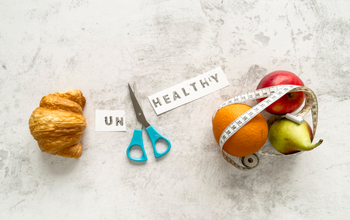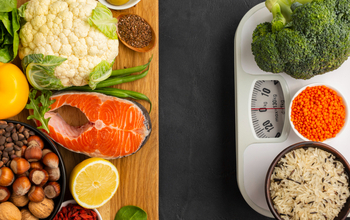calorie table
food and calorie table
In the realm of nutrition, you need to understand the concept of calories. Calories are units of energy found in food and beverages. Representing the energy needed to raise the temperature of one gram of water by one degree Celsius. This understanding is pivotal for managing weight and overall health. The balance between calories consumed and calories expended greatly influences body weight. Consuming more calories than needed leads to weight gain, while fewer calories result in weight loss.
Monitoring calorie intake and expenditure is central to effective weight management and achieving health objectives. Food labels commonly provide information on the calorie content per serving size, empowering individuals to make informed dietary decisions. Caloric requirements vary depending on factors such as age, gender, weight, height, activity level, and metabolic rate. It’s essential to tailor dietary intake to meet specific health and fitness goals, whether it’s weight maintenance, weight loss, or muscle gain, which often involves calculating individual calorie needs.
However, it’s not just about the quantity of calories consumed; the quality of calories also matters. Prioritizing nutrient-dense foods such as fruits, vegetables, whole grains, lean proteins, and healthy fats ensures that nutritional needs are met while managing calorie intake effectively. By focusing on nutrient-rich choices, individuals can fuel their bodies with essential vitamins, minerals, and antioxidants, supporting overall health and well-being.
In summary, calories and their role in the body is crucial for achieving and maintaining a healthy weight. By monitoring both the quantity and quality of calories consumed, individuals can make informed dietary choices that support their health and fitness goals.

key features

Nutritional Information

Weight Management

Calorie Content
calorie table for indian food
No | Calorie Food | Size | Values |
1 | Apple | (medium) | 95 calories |
2 | Banana | (medium) | 105 calories |
3 | Orange | (medium) | 62 calories |
4 | Grapes | (1 cup) | 62 calories |
5 | Strawberries | (1 cup) | 49 calories |
6 | Broccoli | (1 cup chopped) | 55 calories |
7 | Carrot | (1 medium) | 25 calories |
8 | Spinach | (1 cup cooked) | 41 calories |
9 | Chicken Breast | (3 oz, cooked) | 142 calories |
10 | Salmon | (3 oz, cooked) | 155 calories |
11 | Brown Rice | (1 cup cooked) | 218 calories |
12 | Quinoa | (1 cup cooked) | 222 calories |
13 | Whole Wheat Bread | (1 slice) | 69 calories |
14 | Eggs | (1 large) | 72 calories |
15 | Greek Yogurt | (1 cup, plain, non-fat) | 100 calories |
16 | Milk | (1 cup, skim) | 83 calories |
17 | Almonds | (1 oz, about 23 nuts) | 164 calories |
18 | Avocado | (1/2 medium) | 120 calories |
19 | Olive Oil | (1 tbsp) | 119 calories |
20 | Peanut Butter | (2 tbsp) | 190 calories |
